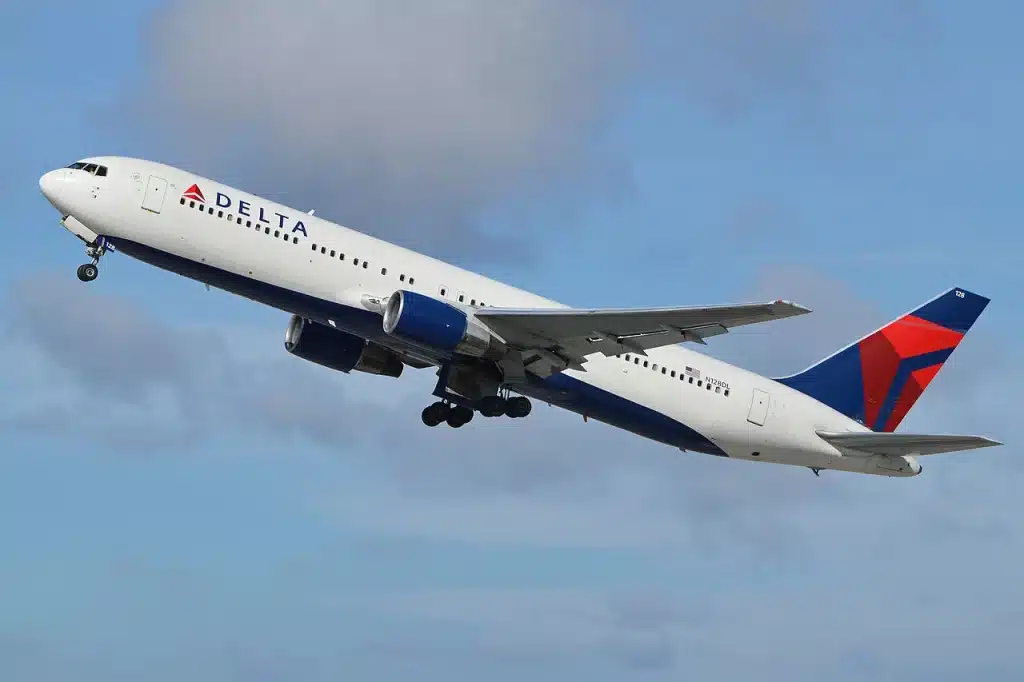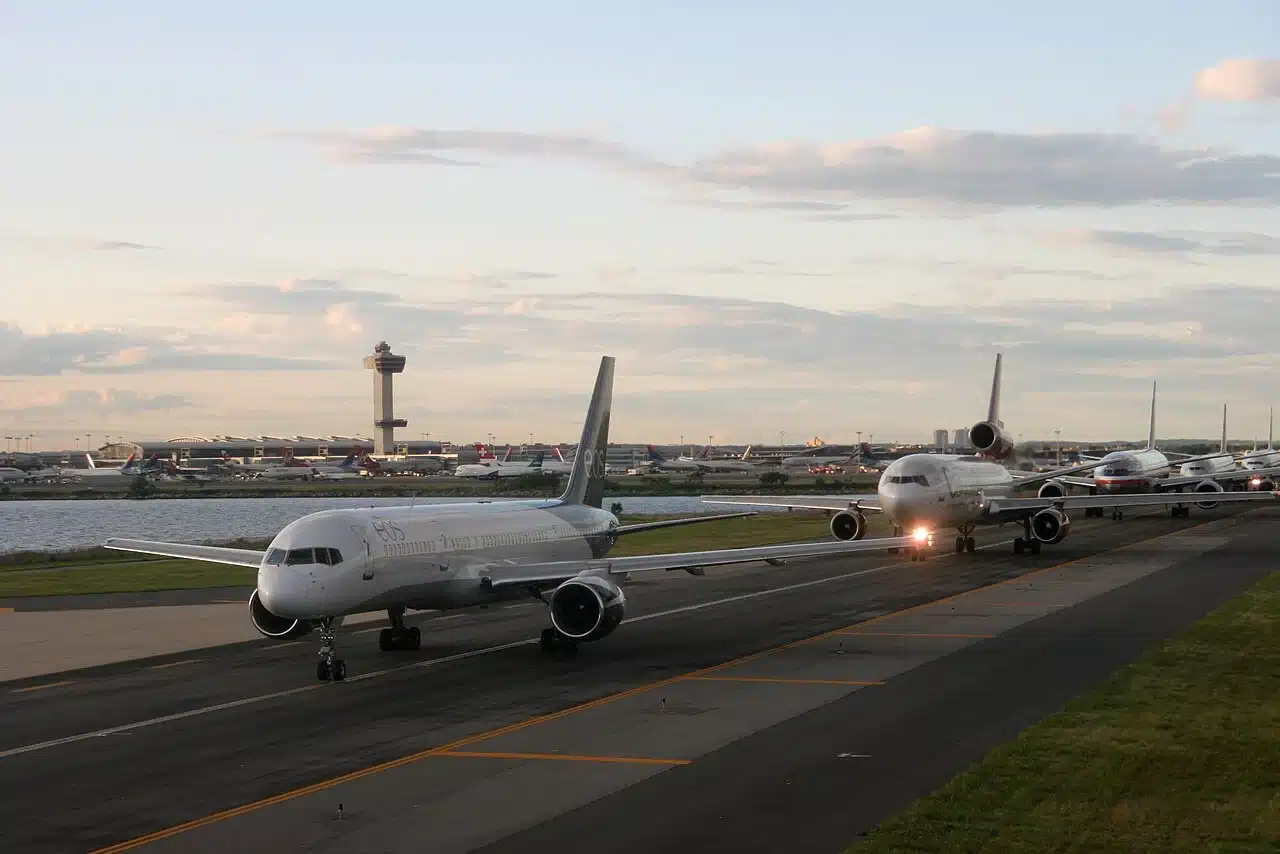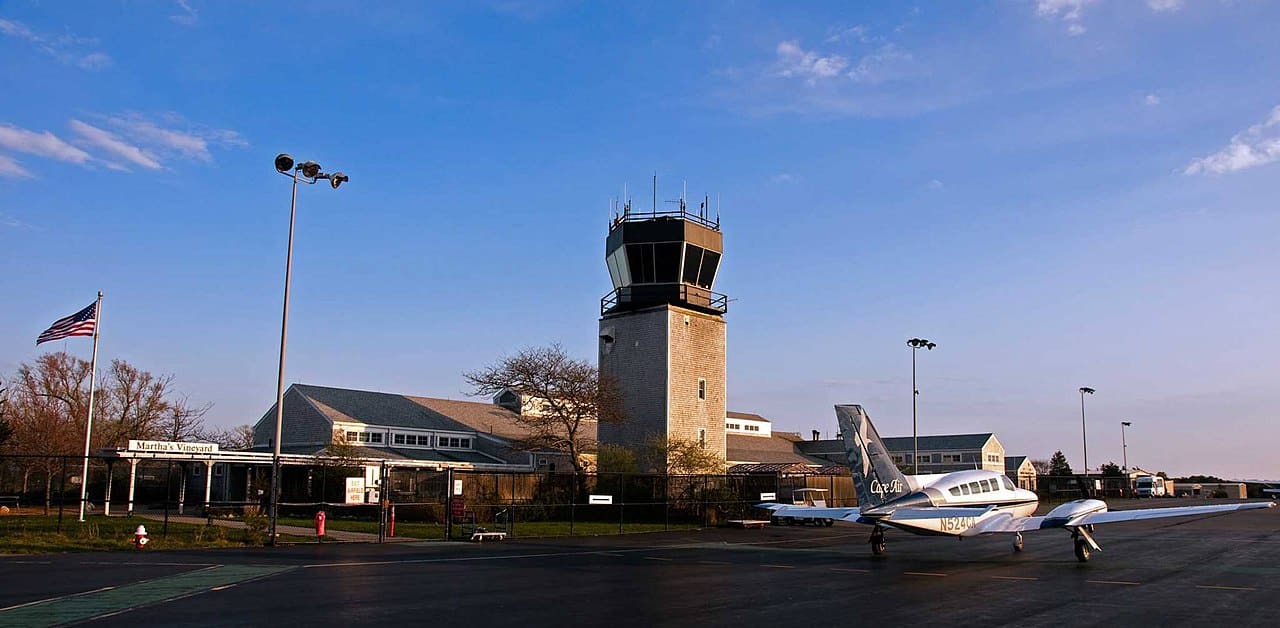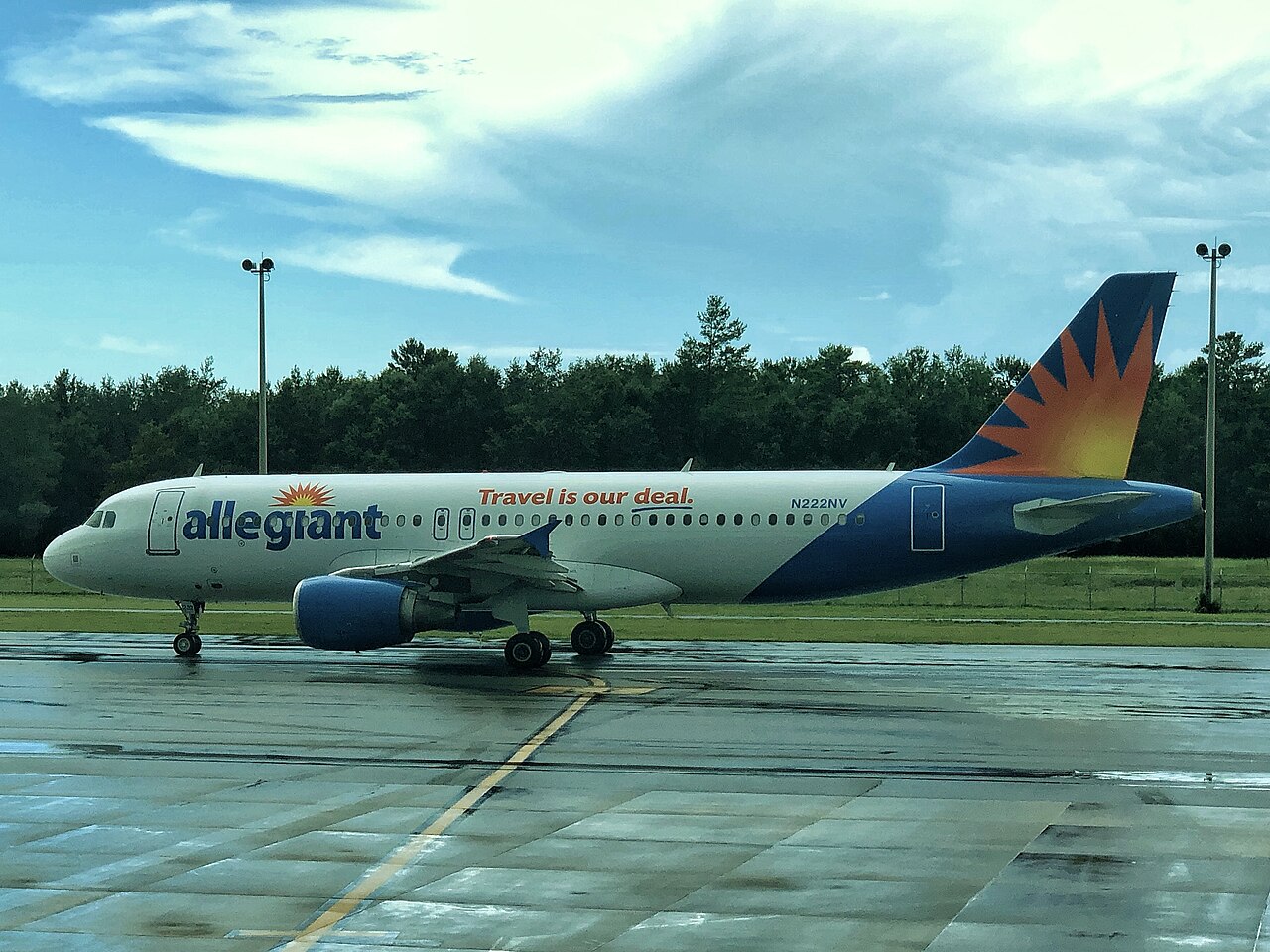


If you’re flying internationally with Delta, chances are you will be flying on their Boeing 767 or Airbus A330. Both planes have a distinct role in their fleet.
For the average international Delta customer or aviation geek, one of the first questions you may have before your flight is: What plane will I be flying today?
If you are flying internationally with Delta, there’s a good chance it will be on either an Airbus A330 or a Boeing 767. Both airplanes have a critical but very different function in Delta’s widebody fleet strategy.
This article breaks down how Delta deploys the A330 versus the 767, highlights what each plane does best, and examines where the future looks for both types.

The Boeing 767 has been a cornerstone of Delta’s fleet for more than 30 years. When it first entered service, its advanced technology and long-haul capability helped expand Delta’s global reach.
Fast forward to today, and that still holds true.
Most of Delta’s 767s are based out of New York–JFK Airport. The use case for Delta’s 767s is often high-demand transcontinental routes like Los Angeles (LAX) to JFK. They are also used on transatlantic flights to major European destinations like London, Paris, and Dublin. Delta’s 767s also fly to Latin American and South American destinations.
Table below contains Delta’s most flown Boeing 767 route pairings.
| Route | Number of Flights in 2025 | Seats |
| JFK-Paris (CDG) | 619 | 147,332 |
| JFK-London (LHR) | 368 | 87,584 |
| JFK-Dublin (DUB) | 364 | 81,110 |
| JFK-Zurich (ZRH) | 265 | 62,062 |
| JFK-Venice (VCE) | 262 | 59,342 |
The 767 shines for Delta in its balance of premium and economy seats. On transcon routes, many U.S. carriers now rely on narrowbodies (such as the Airbus A321neo) with premium cabin configurations (like JetBlue’s Mint).
But for Delta, the 767’s ability to offer their top product, Delta One, while still offering plentiful economy seating lets them carry more passengers per transcon flight than many competitors. These configurations give Delta flexibility in both comfort and economic efficiency. A competitive edge on busy routes.
Delta inherited many of its Airbus A330s from Northwest Airlines and has since made the type an important part of its long-haul fleet strategy. The A330 is a versatile widebody that airlines around the world use for international service.
Unlike Delta’s 767s, the airline positions its A330s across multiple hubs, most notably Atlanta, Seattle, and Boston.
Below is a table containing Delta’s most popular Airbus A330 route pairings.
| Rank | Origin Airport Code | Destination Airport Code | Flights | Seats | Average Miles |
| 1 | AMS | SEA | 505 | 141,905 | 4,886 |
| 2 | JFK | AMS | 440 | 123,640 | 3,644 |
| 3 | AMS | BOS | 367 | 103,127 | 3,457 |
| 4 | PVG | SEA | 366 | 102,846 | 5,722 |
| 5 | BOS | CDG | 364 | 102,284 | 3,449 |
The A330 is Delta’s “middle of the road” widebody. It’s ideal for filling in the gaps between 767 and A350 service.
Delta deploys the A330 on long routes that have moderate demand. Typically newer markets. These newer destinations are often not viable for the A350 or a 767 because of economics.
Recently, Delta has used the A330 on newer routes such as New York–JFK to Accra.
The Airbus A330 has two clear advantages for Delta over the aging Boeing 767:
The A330, especially the newer A330-900neo, is more fuel efficient than older 767 versions. With fuel costs a major concern for airlines, the A330’s better fuel efficiency can make it more economical in many use cases.
Still, the 767 remains viable on high-traffic routes: its operating costs can be spread over more passengers and multiple daily turnarounds.
The A330 can handle more freight than the 767, which lets Delta generate more revenue per flight from bags.
On new or underserved international routes, passengers often stay longer, which means more baggage. Fees associated with extra baggage translate to additional revenue for the airline.
Meanwhile, 767s often used on highly demanded international trips to frequent destinations tend to carry passengers who pack lighter (for example, business trips or weekend getaways to London or Paris).
Delta’s Boeing 767-300ER fleet is approaching retirement. That variant is expected to be phased out of international service around 2028, with full retirement by 2030. Their age, high maintenance costs, and lower fuel efficiency are key factors in this plan.
The 767-400ER variants, however, are currently not part of the announced retirement plan and are expected to continue operating beyond 2030.
On the flip side, Delta’s Airbus A330 fleet, especially the A330-900neo is expected to play a major role in the airline’s international strategy. Older A330s will likely be replaced by the neo variant over time. As Delta pushes toward a more modern, fuel-efficient fleet, the A330 is well positioned to serve as a backbone for mid-demand long-haul routes.




